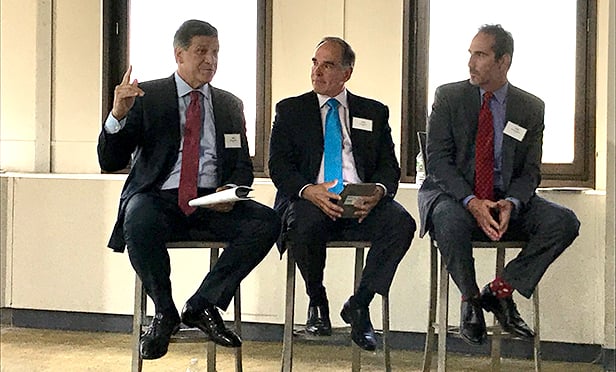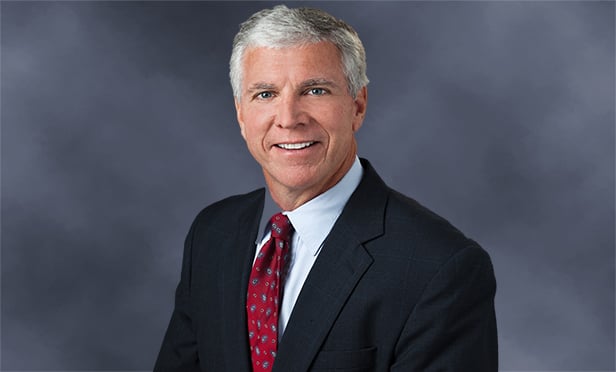SAN DIEGO—A growing trend in building security is a holistic approach to security solutions, from what is being decided to who's doing the deciding, Universal Protection Service's business development manager Christy Gramann tells GlobeSt.com. In part 1 of this two-part exclusive feature, we spoke with Gramann about how building-security is changing in an age where terrorist incidents have become more common. In part 2, we discuss how building owners and managers can stay informed and current in protecting their properties.
GlobeSt.com: What other trends are you noticing in building security?
Gramann: A growing trend in building security is a holistic approach to security solutions, from what is being decided to who's doing the deciding. In the past, it may have been one security manager acting as a lone ranger of sorts for a building or a portfolio. Now there are often decision-maker “security teams” encompassing cross-sections of internal departments such as IT, human resources, corporate management, and procurement. These teams are looking at integrating and consolidating security functions and often outsource certain portions partially or wholly, such as cybersecurity or live video monitoring to remote security operations centers for security effectiveness and cost savings. As Cale Dowell, regional director for Universal/THRIVE Intelligence, asserts, “many corporate end users are pushing for 'one stop shops' that can provide the complete end-to-end physical security solution: equipment needs (intrusion, access control and CCTV), integration and service, manpower and monitoring. This allows for a more universal approach to security design, with each function playing a key role and working together to maximize the overall value, as opposed to piece-mealing the solution across multiple vendors.”
Another trend in building security is the move toward creating and maintaining an active business-continuity plan, which incorporates the potential threat for physical and technological disasters. Such plans are best viewed as “living documents” and should be revisited, refreshed and re-communicated on a regular basis. According to the National Cyber Security Alliance, 60% of small businesses fail within six months of a successful cyberattack. When many businesses may be asking themselves, “How can we afford to allocate funds for a business-continuity plan?', the better question may be, “How we can afford not to?” On May 27, the Ponemon Institute released its annual Cost of Data Breach Study: Global Analysis, sponsored by IBM. According to the benchmark study of 350 companies spanning 11 countries, the average consolidated total cost of a data breach is $3.8 million. Three key factors have been shown to reduce the cost of a data breach: board-level active involvement, the purchase of insurance and business-continuity management involvement in the remediation of a breach.
GlobeSt.com: What else should our readers know about technology and building security?
Gramann: Take advantage of non-profit and no-cost assistance to assess and shore up your building-security vulnerabilities. Contact your local protective security advisor with the US Department of Homeland Security to request an appointment to have him or her do a site visit with you and your team. The knowledge, assistance, and networked connections you receive from this one small step can be astoundingly helpful.
When selecting a security partner to assist with building security technology, such as remote video-monitoring, Dowell recommends that you consider the technology they deploy, their ability to integrate with existing hardware and their training and certification. Dowell (via “Real Talk About Remote Video Monitoring,” Security Today, 2-5-15) also recommends asking these important questions:
- What does the provider offer? Manpower, access control, CCTV solutions?
- What do they do in-house and what do they do through partnership?
- Who are the people monitoring events, and what training and certifications do they have?
- How can they integrate their technology with what you already have, to maximize your budget?
- Where would they recommend augmenting or reducing your existing man hours (if any)?
- How can they customize responses to triggered events?
- Do they offer tours of their security operations center?
© 2025 ALM Global, LLC, All Rights Reserved. Request academic re-use from www.copyright.com. All other uses, submit a request to [email protected]. For more information visit Asset & Logo Licensing.







